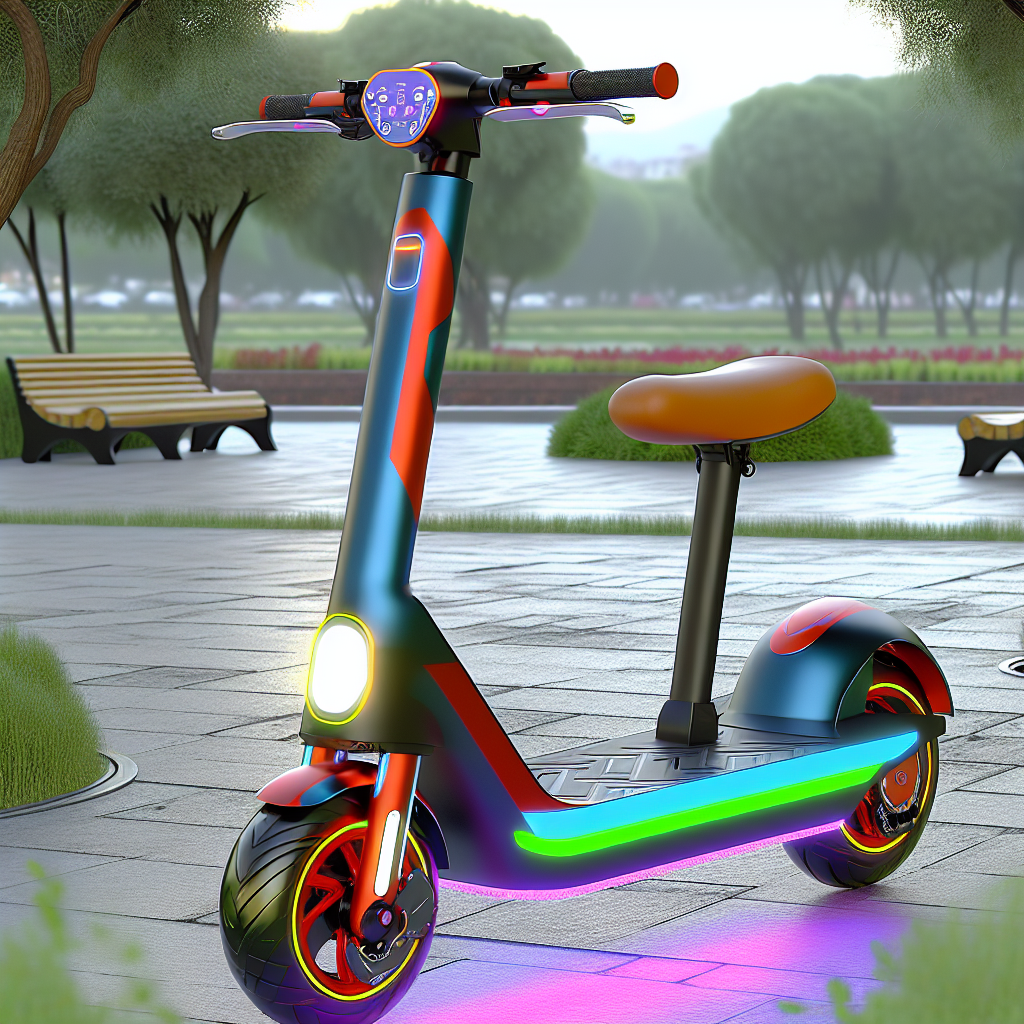It is crucial to consider the possible release of ozone by air purifiers, particularly when contemplating their usage for youngsters suffering from asthma. Here is an analysis of the issue:
Ozone and its Effects on Lung Irritation:
Ozone is a gaseous molecule composed of three oxygen atoms. At ground level, it irritates the lungs. Exposure to ozone can elicit respiratory issues such as coughing, wheezing, and dyspnea.
Ozone emission from air purifiers:
Ionizers: Some air purifiers, especially those equipped with ionizers, can produce ozone as a secondary product. Ionizers utilize electrical charges to increase the collection efficiency of air particles via the filter. Nevertheless, this procedure has the potential to generate ozone molecules.
Children diagnosed with asthma exhibit heightened susceptibility to airway inflammation and respiratory discomfort.
Effects on Children with Asthma:
Vulnerability: Children diagnosed with asthma exhibit heightened susceptibility to airway inflammation and respiratory discomfort. Their respiratory passages exhibit heightened reactivity and susceptibility to inflammation, rendering them especially susceptible to environmental stimuli. Exposure to ozone, a harmful pollutant, can worsen this illness.
Air purifiers are specifically engineered to enhance the quality of indoor air. However, certain models may unintentionally produce ozone as a byproduct during purification. Subsequently, this ozone can be discharged into the atmosphere, presenting a notable hazard to children who suffer from asthma.
Exposure to ozone can exacerbate airway irritation and inflammation, resulting in heightened asthma symptoms, including coughing, wheezing, chest tightness, and respiratory distress.
Even minimal levels of ozone exposure might pose difficulties for children with asthma. Their pulmonary system is still maturing, and the inflammatory reaction caused by ozone might hinder lung functionality and jeopardize respiratory well-being.
In addition, repeated exposures might lead to cumulative effects, which may escalate the severity and frequency of asthma episodes.
To limit the dangers and protect children’s health with this chronic respiratory ailment, it is essential to use air purification systems free of ozone.
Parents and caregivers of children with asthma must be aware of the potential hazards linked to air purifiers that generate ozone. To limit the dangers and protect children’s health with this chronic respiratory ailment, it is essential to use air purification systems free of ozone, ensure enough ventilation, and regularly monitor air quality.
Selecting a Secure Air Purifier:
Seek air cleaners equipped with HEPA filters and certified for emitting low ozone levels. Specific purifier models offer the option to deactivate the ionizer operation entirely.
Certifications: Certifications from reputable organizations such as the California Air Resources Board (CARB) prove that the purifier complies with rigorous ozone emission regulations.
Here are some supplementary suggestions:
Before making a purchase, it is advisable to conduct research by reading reviews and studying air purifiers to gain knowledge about their characteristics, types of filters, and the levels of ozone emission they may produce.
Seek medical advice from a physician: Consult your child’s doctor about using air purifiers. They can assist in assessing the appropriateness of an air purifier for your child’s individual asthma management plan and suggest models with minimal ozone emissions.
To optimize the advantages and mitigate the potential hazards of ozone emission from air purifiers, it is crucial to comprehend them well and make well-informed choices.
Options for Managing Allergies and Asthma:
Air cleaners equipped with HEPA filters but lacking ionizers remove the possibility of ozone production.
When used in conjunction with medicine, air quality enhancement tactics, such as efforts to control dust mites, reduce pet dander, and ensure proper ventilation, can significantly enhance indoor air quality for children suffering from asthma.
Remember that the objective is to establish a secure and conducive setting for your child’s well-being. To optimize the advantages and mitigate the potential hazards of ozone emission from air purifiers, it is crucial to comprehend them well and make well-informed choices.

Dominic E. is a passionate filmmaker navigating the exciting intersection of art and science. By day, he delves into the complexities of the human body as a full-time medical writer, meticulously translating intricate medical concepts into accessible and engaging narratives. By night, he explores the boundless realm of cinematic storytelling, crafting narratives that evoke emotion and challenge perspectives. Film Student and Full-time Medical Writer for ContentVendor.com




